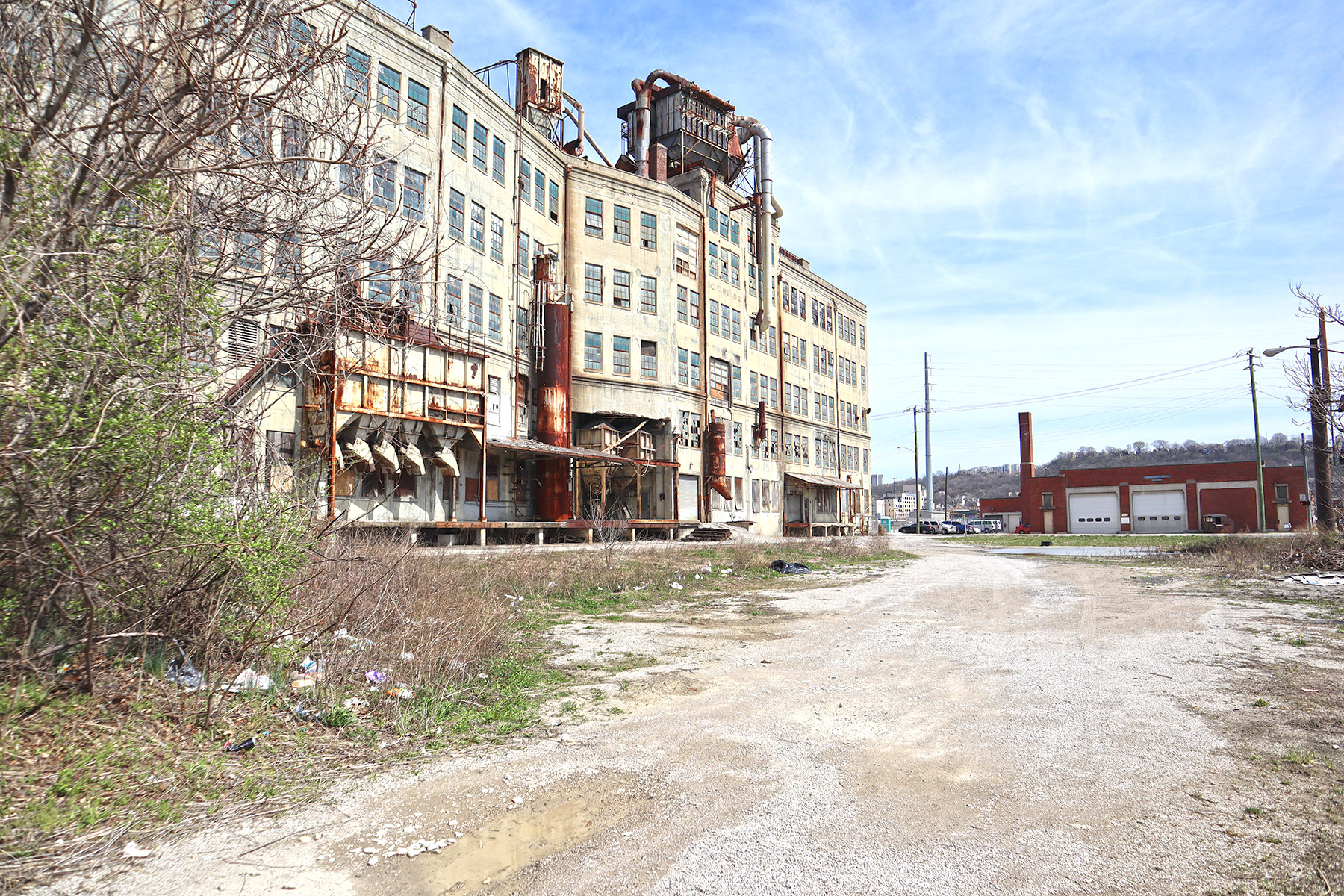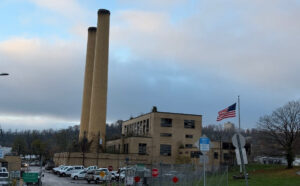Milestones Mark Steady Progress Toward Revitalization in the Beekman Corridor
In the heart of Cincinnati’s West Side, a corridor once shaped by heavy industry is steadily climbing out of decline and moving toward environmental recovery and reinvestment. The Port’s work in the Beekman Corridor is a mission-driven effort to correct the legacy of environmental harm and return long-abandoned sites to productive use. For years, The Port has worked to address long-standing challenges of contamination and vacancy in the Corridor in a deliberate, phased way. Now, it is reaching critical milestones that reflect meaningful momentum to bring growth and stability back to these communities.

At the center of this progress is the historic Lunkenheimer Valve Company foundry, a five-story structure that once employed thousands and has since stood vacant as a symbol of the region’s post-industrial decline. Today, thanks to strategic public investment and interagency coordination, the Hamilton County Landbank, a managed entity of The Port, has officially acquired the property along with key sites in the vicinity, including the Lunkenheimer administrative office and cafeteria, as well as the former Midwest Textile facility.
Many of these properties were still under private ownership when The Port began cleanup, made possible through City-issued nuisance abatement agreements and local, state, and federal grants that allowed early access and remediation. The Lunkenheimer foundry received $1.7 million in brownfield remediation funding from the Ohio Department of Development (ODOD) to support continued cleanup of the site. A Certificate of No Further Action is expected from the Ohio EPA by the end of the year. The Port also secured $500,000 in federal earmark funding for critical stabilization work on the structure, including roof repairs and boarding. Most recently, in June, the Lunkenheimer campus was approved by the Ohio Historic Site Preservation Advisory Board for nomination to the National Register of Historic Places. This designation could unlock preservation incentives and tax credits to support future adaptive reuse.

Beyond Lunkenheimer, The Port continues to advance a corridor-wide strategy focused on reclaiming and repurposing legacy industrial properties throughout the Beekman Corridor. The former West Fork Incinerator site, long considered one of the most environmentally and logistically complex properties in the area, is now prepared for active remediation, supported by more than $6.5 million in funding from ODOD, U.S. EPA, and the City of Cincinnati. The State provided $1.2 million in brownfield remediation funding at 1500 Waverly Avenue, which is prepared for abatement. In Millvale, a vacant industrial warehouse at 3140 Beekman Street was acquired in March and requires stabilization efforts, including roof repairs, asbestos abatement, interior cleanout, and secure boarding. The former Midwest Textile Building at 2452 Beekman, originally constructed in 1881 and later incorporated into the Lunkenheimer complex, is also being remediated through state brownfield funding and is included in the broader National Register nomination.
The Port’s strategy in the Beekman Corridor aligns with broader infrastructure improvements, including the proposed expansion of the CROWN trail network, which would create a new pedestrian and bike path linking South Cumminsville and Fairmount to Lower Price Hill and Downtown, as well as the Western Hills Viaduct and Brent Spence Bridge Corridor Project. Together, these efforts reflect a coordinated, long-term investment in a corridor where environmental justice and economic opportunity go hand in hand. Real change in the Beekman Corridor will take time, but with public ownership and the remediation and stabilization of critical sites, The Port continues to be a part of building the foundation for future reuse.